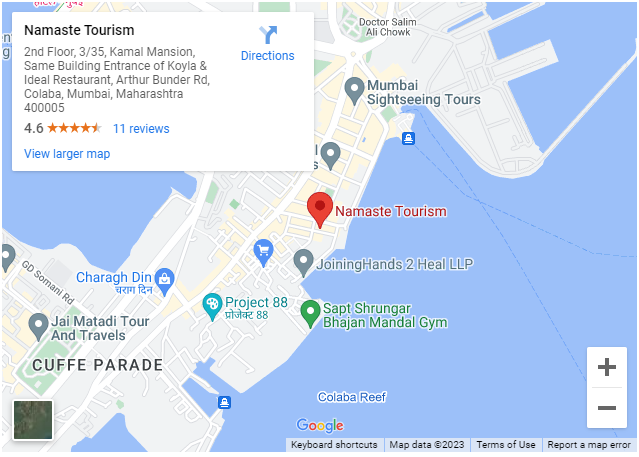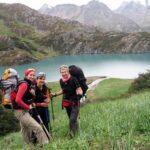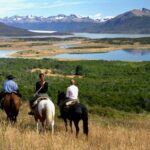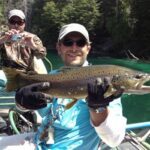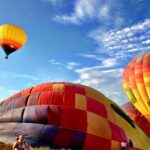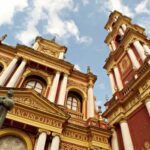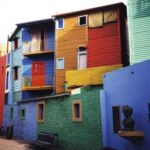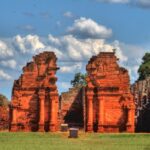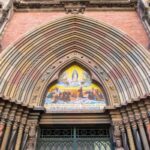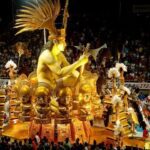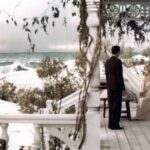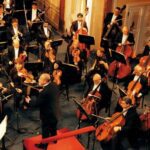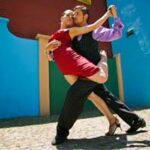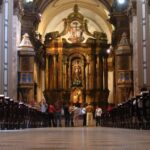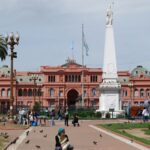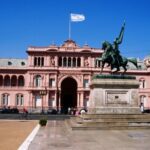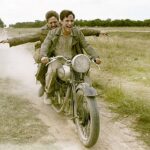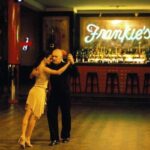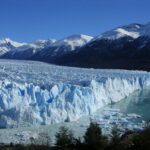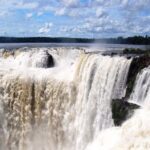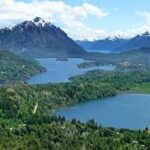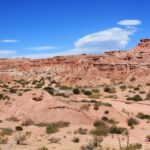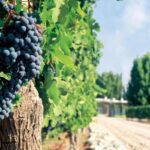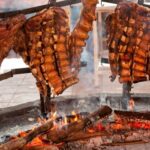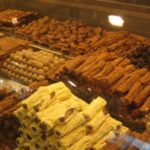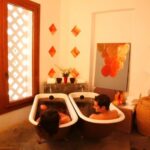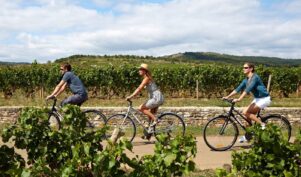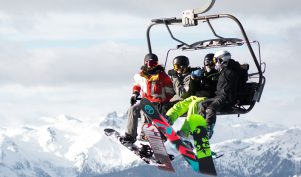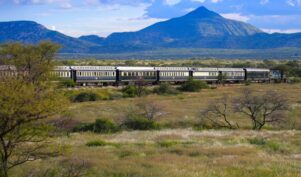Argentina
Argentina truly is a land of six continents with great diversity. From the bustling capital of Buenos Aires, you can head north to explore the Andes and the Safari to the Clouds in Salta or the amazing Iguazu Falls in the North East, to Peninsular Valdes and the Marine life in Puerto Madryn and glacier country further south in Patagonia, from the wine region of Mendoza to the southernmost city in the world, Argentina has lots to offer for the discerning traveller
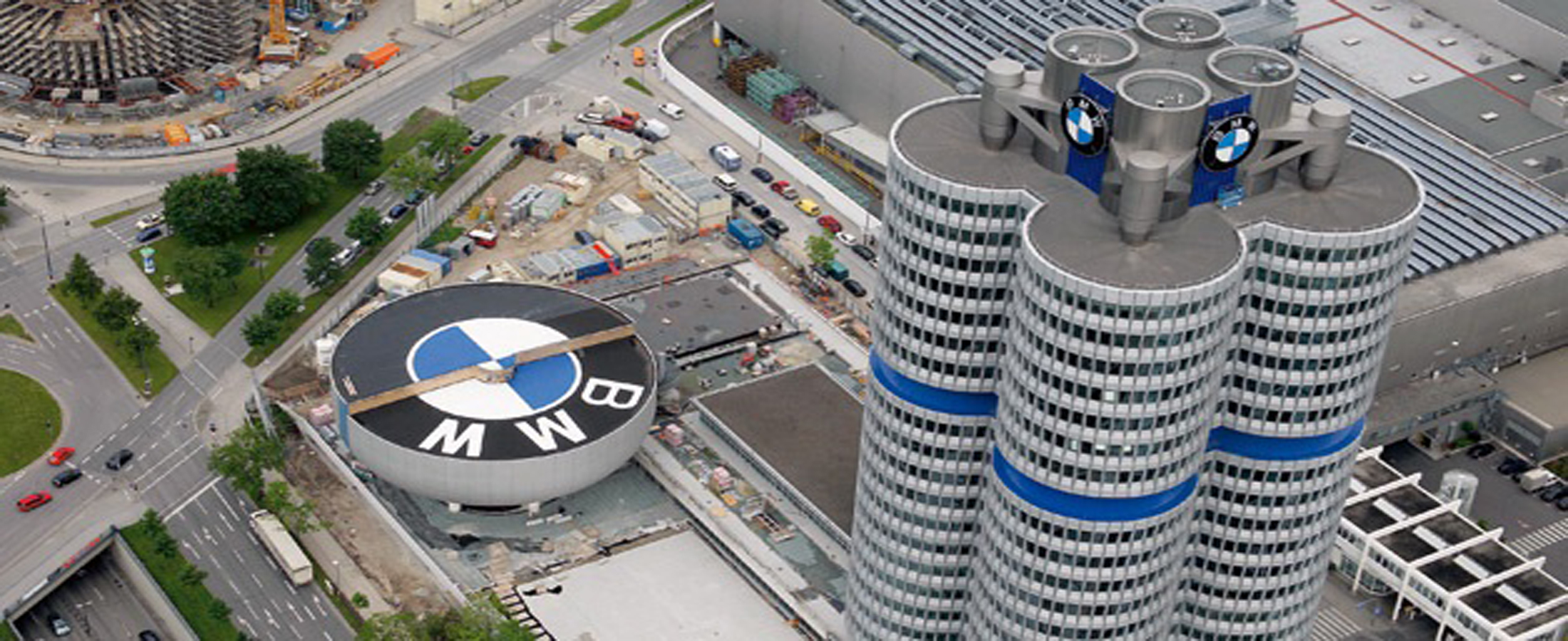

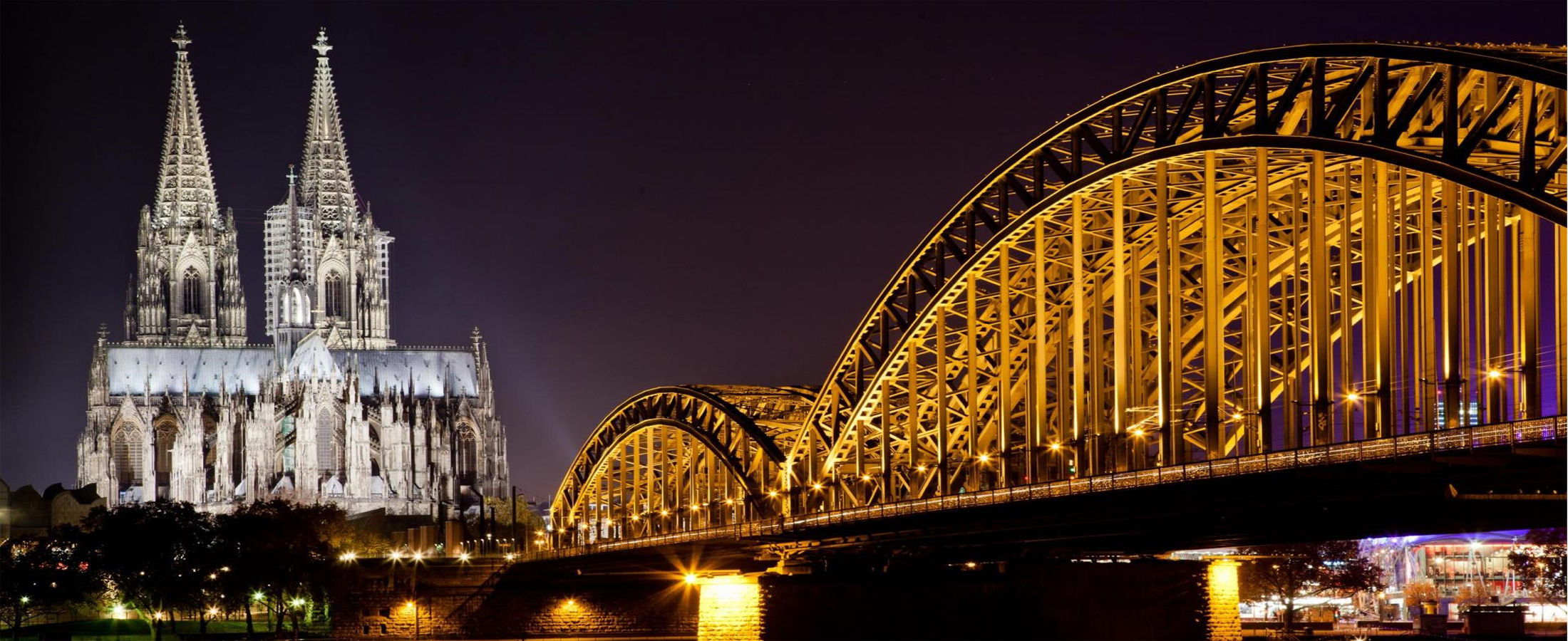

Why Travel with Namaste Argentina?
- A local concierge service with a 24×7 emergency contact number assisting you with all facets of Argentina – restaurants, shopping and local experiences
- We focus on local experiences as much as important sounds and sights that you must visit
- Our tailor made touring looks into finer elements including pace of travel and off beat as well as insider experiences where possible
Things to do in Argentina
Come and discover Germany’s theme parks, mountain peaks, salt mines, national parks, automobile museums – they are as varied as the country itself.
GEMS OF ARGENTINA
Argentina In One Go
Gems of Argentina takes you through the “Paris of the Southern Hemisphere” – Buenos Aires, the vineyards of Mendoza, the falls of Iguazu and the glaciers of El Calafate, as well other attractions that should be in your “must-see” list whilst planning a holiday.
HIDDEN TREASURES OF ARGENTINA
Go Beyond the Popular Icons
Heading to Argentina, explore the hidden treasure of places close by where you could experience whale watching in Peninsula Valdes or go wine tasting in the countryside. There are many such hidden treasures to explore and our Argentina Specialists will be more than happy to assist you to visit places beyond the popular icons – must for your second visit to Argentina.
À LA CARTE
Choose Your Own Experience
You like glacier walks? Let’s add it! Enjoying a private wine tasting class or a private tango dancing class? You got it! From leisure to adventure and natural beauty to historical icons, À La Carte allows you to create your own individual experience of Argentina. Just choose your experiences and leave the rest to us!
CITY MAGIC
Spice Up Your Short City Stays
Travelling to Argentina on business or visiting and want to extend your stay in one of the big cities ? Why not plan day trips to nearby attractions? Whether you wish to visit Buenos Aires, Cordoba, Mendoza, or Ushuaia, City Magic adds Spice to your trip in terms of shopping, food and more during your short stay in Argentina.
LUXURY AND FAIRY TALES
Indulge Without Boundaries
Take a private tour of Mendoza’s wineries with a wine expert or have private one on one dance lessons with one of the best Tango Maestros in Argentina. If you feel like pampering yourself or entering a world of enchantment and fairy tales, these are the packages for you.
THEMES AND INTERESTS
Pursue A Hobby When On Vacation
Whether it’s playing Golf, Polo or capturing mesmerising images, this segment gives you choices from adventure to photography to sports. No matter what your passion, Argentina is the place to pursue it.
OFF THE BEATEN TRACK
Winners Do Things Differently
Have you had enough of stereotype holidays? Are you looking for something totally different and are willing to take back some interesting memories? Break the stereotypical mould of a holiday and taste the fruits of authentic Argentina as you absorb the atmosphere of each village, town and city that you visit. Namaste Argentina specialists know many places to visit which are not included in standard itineraries.
SELF-DRIVE
Explore Stunning Sceneries On Your Own
Argentina is not a place we recommend to self drive as roads without signage’s & not knowing Spanish could create hurdles while driving. Also self drive in Argentina would mean driving more than 6 hrs a day making you tired on your holiday. Taking flights is more convenient & time saving. In certain areas in Patagonia or up north in Salta, there are some stunning landscapes that you may encounter whilst on a 4×4 tour.
GURANTEED TOURS
A Great Mix of Budget & International Friends
Are you on a budget or do you enjoy back packing? Do you want to save on transport and stay and instead spend on activities and attractions? Do all this and and here’s a bonus – you get to travel with people from across the world! You may even make some friends for life.
EXTENSIONS
Elongate the fun
Argentina is a fascinating place where even 20 days is not good enough to explore the country. However, if you do have time in hand, enquire with Namaste Argentina team who will be glad to put you in touch with our destination experts and offer extensions to Brazil, Chile, Peru and other flavours of South America or even one of the countries en route to break your journey in Germany, Dubai or South Africa whilst heading back home.
Argentina Packages
Leave a Reply
Do you have some comments or questions for us? We’d love to hear from you! Don’t be shy! Feel free to drop us a message!

